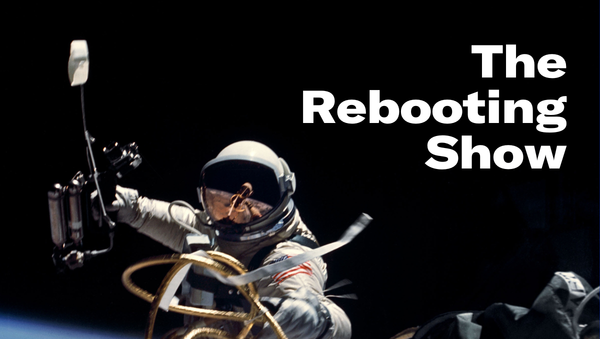Creator-led media businesses
The future of media might be smaller but it’s likely more meaningful.
The future of media might be smaller but it’s likely more meaningful.

A conversation with Steve Grove about leaving Big Tech and embracing local news

"Enough is enough"

Are we sure this is a good business?

Plus: A conversation with Vox Media president of revenue and growth Ryan Pauley